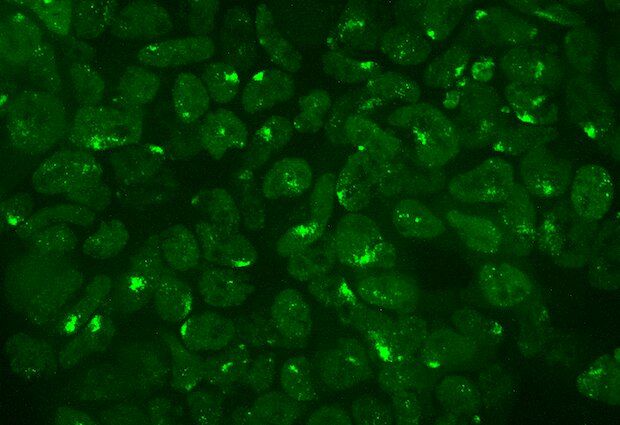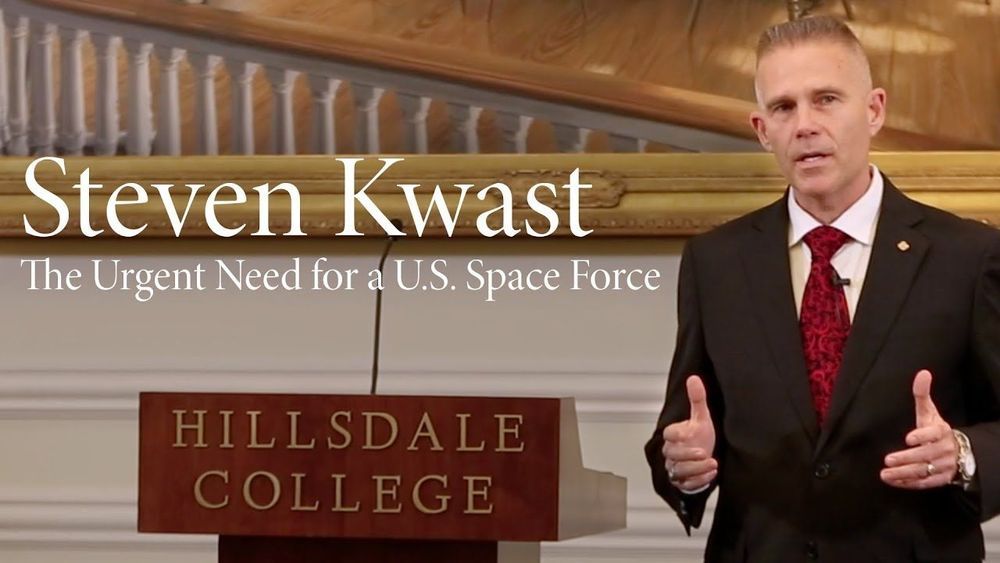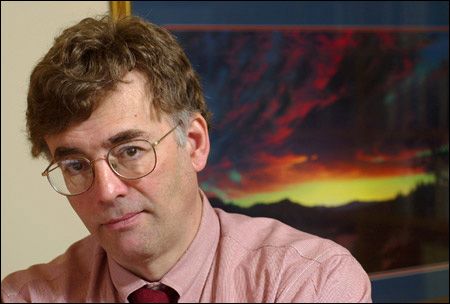Category: sex

Scientists explore how females shut off their second X chromosome
Researchers at the European Molecular Biology Laboratory (EMBL) in Heidelberg and Institut Curie in Paris have shown that the protein SPEN plays a crucial role in the process of X-chromosome inactivation, whereby female mammalian embryos silence gene expression on one of their two X chromosomes.
In their landmark research published in Nature on 5 February, the scientists reveal how SPEN targets and silences active genes on the X chromosome, providing important new insights into the molecular basis of X-inactivation.
In mammals, males and females differ genetically in their sex chromosomes—XX in females and XY in males. This leads to a potential imbalance, as more than a thousand genes on the X chromosome would be expressed in a double dose in females compared to males. To avoid this imbalance, which has been shown to lead to early embryonic lethality, female embryos shut down the expression of genes on one of their two X chromosomes.


Steven Kwast | The Urgent Need for a U.S. Space Force
Starfleet Begins
Steven L. Kwast is a retired Air Force general and former commander of the Air Education and Training Command at Joint Base San Antonio-Randolph. A graduate of the United States Air Force Academy with a degree in astronautical engineering, he holds a master’s degree in public policy from Harvard’s Kennedy School of Government. He is a past president of the Air Force’s Air University in Montgomery, Alabama, and a former fighter pilot with extensive combat and command experience. He is the author of the study, “Fast Space: Leveraging Ultra Low-Cost Space Access for 21st Century Challenges.”
Beginning in 2010, and coinciding with the opening of Hillsdale College’s Allan P. Kirby, Jr. Center for Constitutional Studies and Citizenship on Capitol Hill, the College has hosted an annual Constitution Day Celebration in Washington, D.C. to commemorate the signing of the U.S. Constitution on September 17, 1787.
The program—which features speeches, debates, and roundtable discussions—explores the continuing relevance of the Founders’ Constitution for American politics today.
Hillsdale College is an independent institution of higher learning founded in 1844 by men and women “grateful to God for the inestimable blessings” resulting from civil and religious liberty and “believing that the diffusion of learning is essential to the perpetuity of these blessings.” It pursues the stated object of the founders: “to furnish all persons who wish, irrespective of nation, color, or sex, a literary, scientific, [and] theological education” outstanding among American colleges “and to combine with this such moral and social instruction as will best develop the minds and improve the hearts of its pupils.” As a nonsectarian Christian institution, Hillsdale College maintains “by precept and example” the immemorial teachings and practices of the Christian faith.
The College also considers itself a trustee of our Western philosophical and theological inheritance tracing to Athens and Jerusalem, a heritage finding its clearest expression in the American experiment of self-government under law.
By training the young in the liberal arts, Hillsdale College prepares students to become leaders worthy of that legacy. By encouraging the scholarship of its faculty, it contributes to the preservation of that legacy for future generations. By publicly defending that legacy, it enlists the aid of other friends of free civilization and thus secures the conditions of its own survival and independence.

The world’s been waiting for male birth control. India may be the first to launch it
But however promising RISUG may seem, and however much the world needs a new form of male birth control, some researchers are skeptical. And a closer look at the most recent phase three clinical trial of the treatment in India suggests there’s good reason to be cautious.
Sharma recently published the results of the clinical trial on RISUG in the Indian Journal of Medical Research, and it tells a slightly more complicated story than what he’s been telling the press. The study involved 139 men under the age of 41 who were living with their wives and had at least two children each. The men were given a single dose of RISUG and then followed up by doctors for six months. Their wives were also monitored to find out if they became pregnant. Note: This is a small, short-term study.
Importantly, the partners of the 133 men in the trial who got the shot didn’t get pregnant despite having unprotected sex.

These Researchers Are Using AI Drones to More Safely Track Wildlife
In the late ’90s, wildlife conservationists Zoe Jewell and Sky Alibhai were grappling with a troubling realization. The pair had been studying black rhino populations in Zimbabwe, and they spent a good deal of their time shooting the animals with tranquilizer darts and affixing radio collars around their necks. But after years of work, the researchers realized there was a major problem: Their technique, commonly used by all manner of wildlife scientists, seemed to be causing female rhinos to have fewer offspring.
The researchers published their findings in 2001, igniting a controversy in the conservation world. The problem, says Duke University professor of conservation ecology Stuart Pimm, is that being “collared” is extremely stressful for animals. “If you were walking through your neighborhood and suddenly a bunch of strange people came charging after you … and you got shot in the ass with a dart and woke up with something around your neck, I think you’d be in pretty bad shape too,” he says.
But Jewell and Alibhai had an idea. While working alongside the Shona tribe in Zimbabwe, they saw how the indigenous trackers were able to deduce an enormous amount of information about wildlife from animals’ footprints, including weight, sex, and species, all without getting anywhere close to the animals themselves. “We would go out with local game scouts, who were often expert trackers, and they would often laugh at us as we were listening to these signals coming from the collars,” Jewell says. “They would say to us, ‘all you need to do is look on the ground.”

Alien abduction claims examined
Mark H. says he was abducted by aliens. He clearly remembers awakening one night, unable to move anything but his eyes. He saw flashing lights, heard buzzing sounds, experienced feelings of levitation, and felt electric tingling sensations. Most terrifying were the nonhuman figures he saw by his bed.
Mark believes they were aliens.
Later, he underwent hypnosis to try to recall exactly what had happened to him. Under hypnosis, Mark remembered being whisked through an open window to a large spaceship. He was very frightened when aliens took him into some kind of medical examining room. There he had sex with one of them.

